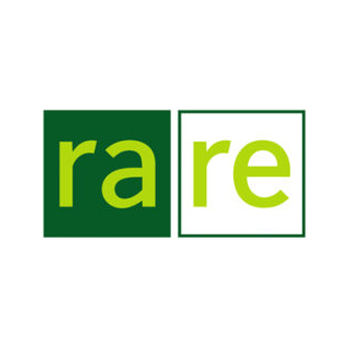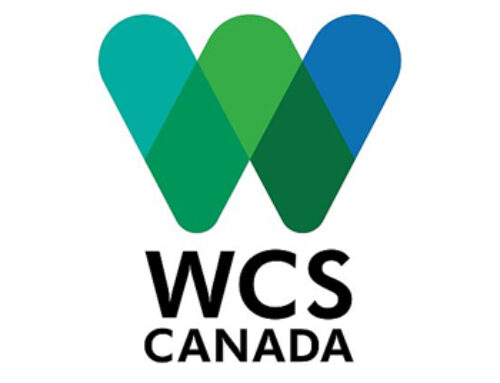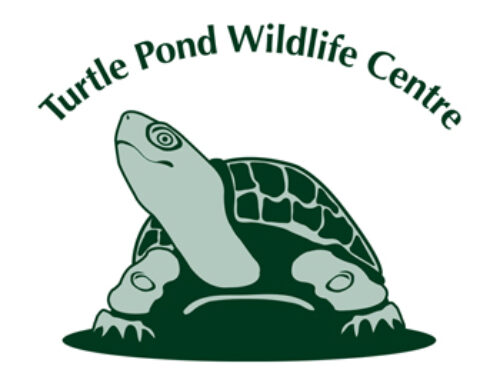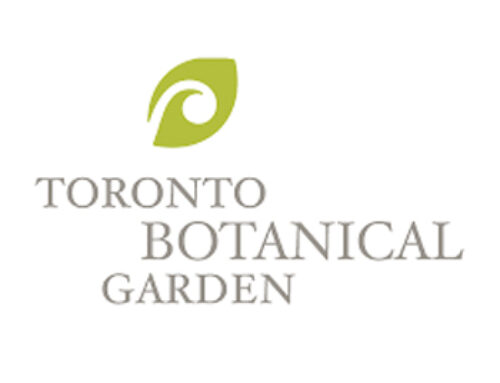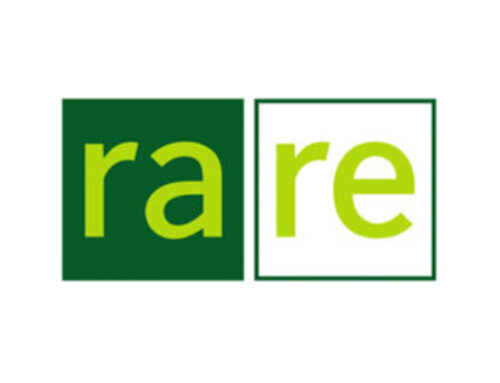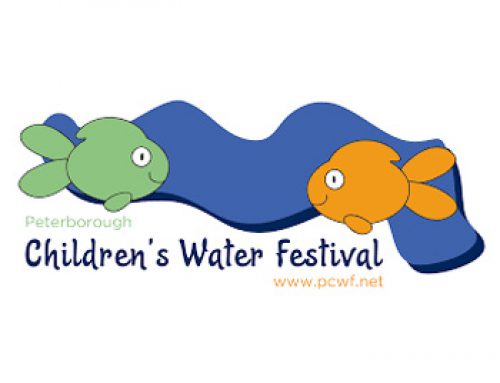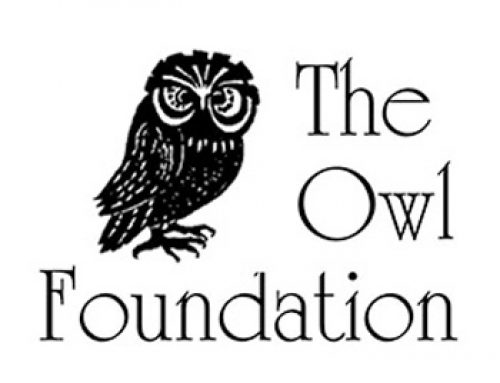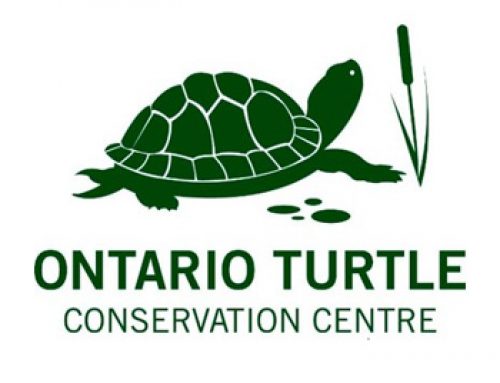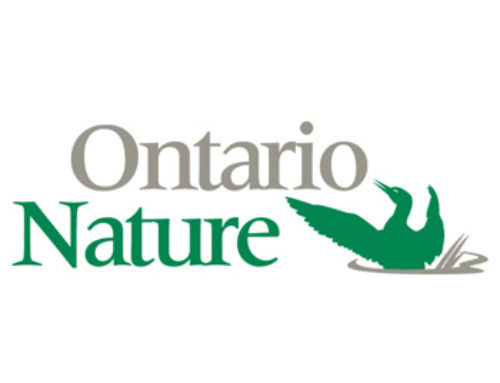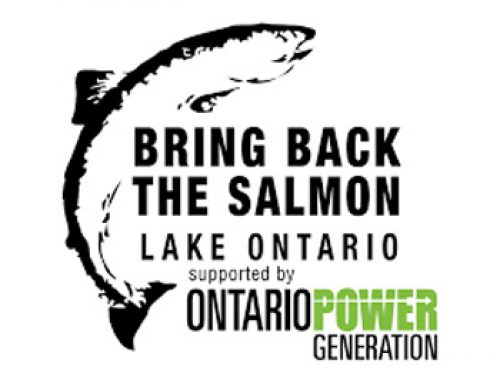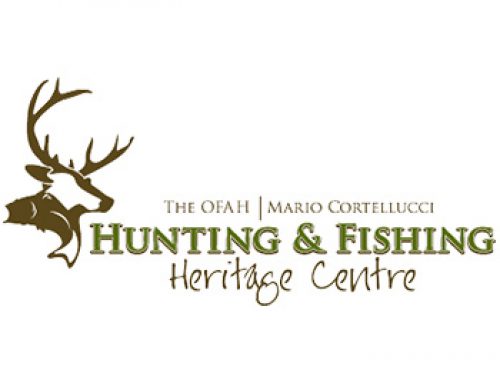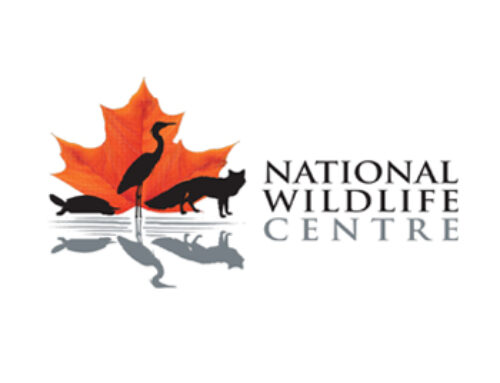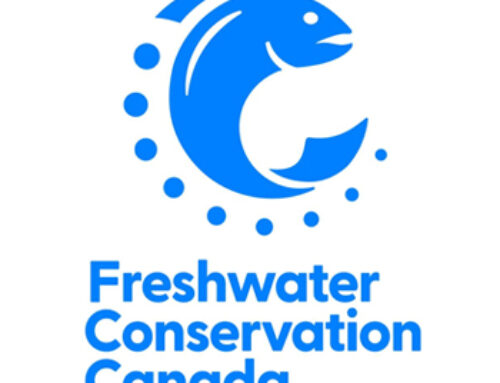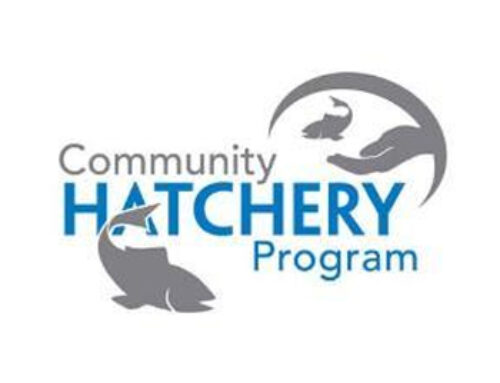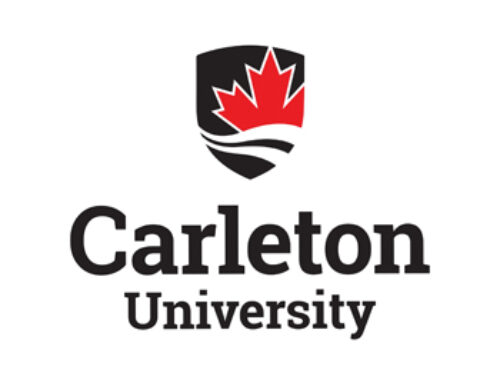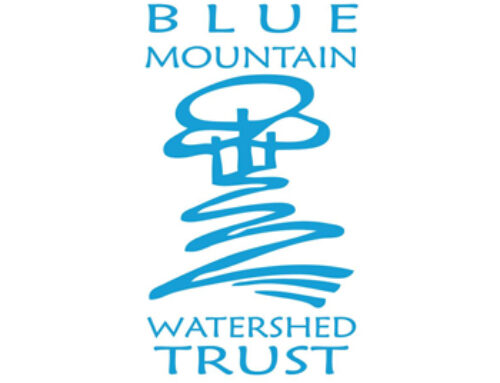2025
rare Turtle Project
The rare Charitable Research Reserve is a community-driven urban land trust and environmental research institute, protecting over 1,500 acres of ecologically significant lands across eight properties in Waterloo Region and Wellington County. Conservation is our priority, promoting a biodiverse and sustainable world for everybody’s health and well-being, now and for the future.
The rare Turtle Project was launched in 2017 to help mitigate human impacts on turtle populations in Waterloo Region and Wellington County by collecting vulnerable turtle nests, incubating the eggs and releasing hatchlings back into their habitat. The protocol for this project is based on the protocol established by Scott Gillingwater, a notable Species at Risk Biologist at Upper Thames River Conservation Authority who manages several at-risk reptile studies and recovery programs.
The need for this project is due to the increased risk native turtle populations are faced with in this region. Southwestern Ontario has the largest diversity and highest concentrations of reptiles and amphibians in all of Canada, but also contains the highest concentration of people, largest network of roads and extensive land manipulation. Habitat fragmentation and road mortality take a large toll on the adult population, resulting in significant declines to native turtle species since turtles are long-lived animals with low recruitment rates. It can take decades for a turtle to replace itself in the wild, as snapping turtle females take up to 20 years to reach reproductive age, with other native species (midland painted and Blanding’s) taking upwards of 8-15 years. As indicated above, due to the high density of development in these regions, particularly roads, turtles at different life stages are put at risk.
The eggs from vulnerable nests are taken to rare, where they are artificially incubated until they hatch. Hatchlings are then returned to suitable habitat close to the collection site — often within 100 metres. Incubation at rare protects the nest from issues such as compaction and helps improve the success rate of the nest once the hatchlings are returned. The process of collecting, protecting and incubating turtle eggs often requires significant amounts of equipment, time and staffing, contributing to the project having high capacity needs for the Land Management department.
Additionally, nest protectors are placed on turtle nests that are identified but deemed non-vulnerable, in order to protect nests from predation and potential human disturbance. Protectors have played a critical role in enhancing the visibility of the project as well as increasing awareness of turtle nests and their challenges in the communities’ they are placed in.
Data is also being collected on nesting locations and adult mortality along roads to help identify “hotspots” of turtle activity. In the future, data will show which locations would benefit most from mitigation measures such as artificial nesting locations and wildlife corridors.
The objectives of this project are as follows:
- Collect vulnerable native turtle nests within Wildlife Scientific Collectors Authorization allowance (maximum 2500 eggs) and permit area (Waterloo Region and Wellington County)
- Release all hatchlings to most suitable habitat within documented nest collection site
- Install nest protectors across Waterloo Region and Wellington County on non-vulnerable nests and monitor protectors throughout season
- Educate community members while out in the field on native turtle and nest protection, encouraging positive engagement and respect for local wildlife and habitat protection
- Train rare seasonal staff in standard protocols for proper egg collection and hatchling handling techniques
- Give educational presentation to rare ECO Summer Camp groups about native turtles, include hatchlings when available (with the supervision of permit holding staff members)
- Create communication pieces, including newsletter articles and social media posts, about our activities throughout turtle nesting and hatchling season.
Main purpose and benefit for this project is offsetting population losses and increasing the survival rate of native turtle hatchlings.
Most specifically for this project, these populations include the snapping turtle, midland painted turtles and Blanding’s turtle populations throughout Waterloo and Wellington County. These local species are negatively impacted by local habitat loss and road mortality, and along with the species’ naturally low recruitment rate, there is a need for recovery strategies to be implemented in this region. This project benefits local turtle populations by offsetting population losses and increasing the survival rate of hatchlings that could grow into reproductive adults.
We are collecting nests from unsuitable locations, most predominantly roadsides, as well as construction sites, soccer fields, parking lots and volleyball courts. These sites are appealing to turtles due to the loose and easy to dig substrate. Unfortunately, these sites put the nests and hatchlings at risk, further leading to decreased turtle populations as hatchlings populations decrease, leading to further reductions in the rates of future adult turtles. By collecting nests from these sites, we are ensuring that nests that likely would have little to no survival, due to compaction or road mortality, are able to survive. The information gathered about at-risk areas can be used to contribute to the installment of features such as wildlife corridors and artificial nesting habitats which will not only improve nest survivorship but protect adults.
While most nests collected are the common snapping and midland painted turtle, this year there are specific efforts to survey for and collect Blanding’s turtle nests. Blanding’s turtles are considered “Threatened” and are much less common in Waterloo Region and Wellington County due to loss of their more specialized habitat. More dedicated surveying time to locate potential habitat and nesting sites could lead to more vulnerable Blanding’s nests being found within our permit region. Through collection and incubation, this can have a direct impact on the local Blanding’s population. The data collected from these surveys will further be used to benefit localrecovery strategies for Blanding’s turtles in the region, such as identifying remaining habitat for protection and locations for future population surveys.
The benefits to local turtle populations are significant as they play a vital role in ecosystem functioning, being known as they “custodians” of their habitats, leading to nutrient cycling, decomposition, water filtration, seed dispersion, and are key in the food web.
As all ecosystems are deeply interconnected, positively impact local turtle populations will have positive impacts on local biodiversity.
In addition to ecological, this project also serves many benefits to our community. This project will support staff working on the Turtle Project to gain hands-on experience working with turtles, including egg collection, incubation, monitoring, handling and becoming familiar with standard animal care protocols. This unique experience will provide them with an opportunity to learn more about conservation work in their community and encourage possible careers in the environmental sector dedicated to wildlife conservation and restoration.
Additionally, participation in rare’s educational programming through turtle presentations and demonstrations with hatchlings (under the supervision of permit holders) will help foster connections between youth and nature through unique and memorable learning opportunities. By giving youth the opportunity to see turtle hatchlings and learn about how humans are negatively impacting them, we hope to engage youth in conservation and inspire care for the environment.
Lastly, while out conducting our work, collecting nests, installing protectors and releasing hatchlings, we often directly interact with members of the public. These provide great opportunities to engage our local community in turtle conservation efforts, raising awareness of our program, educating them on what human activities put turtles at risk and strategies we can implement to help them, particularly homeowners that engage with turtles every year.


